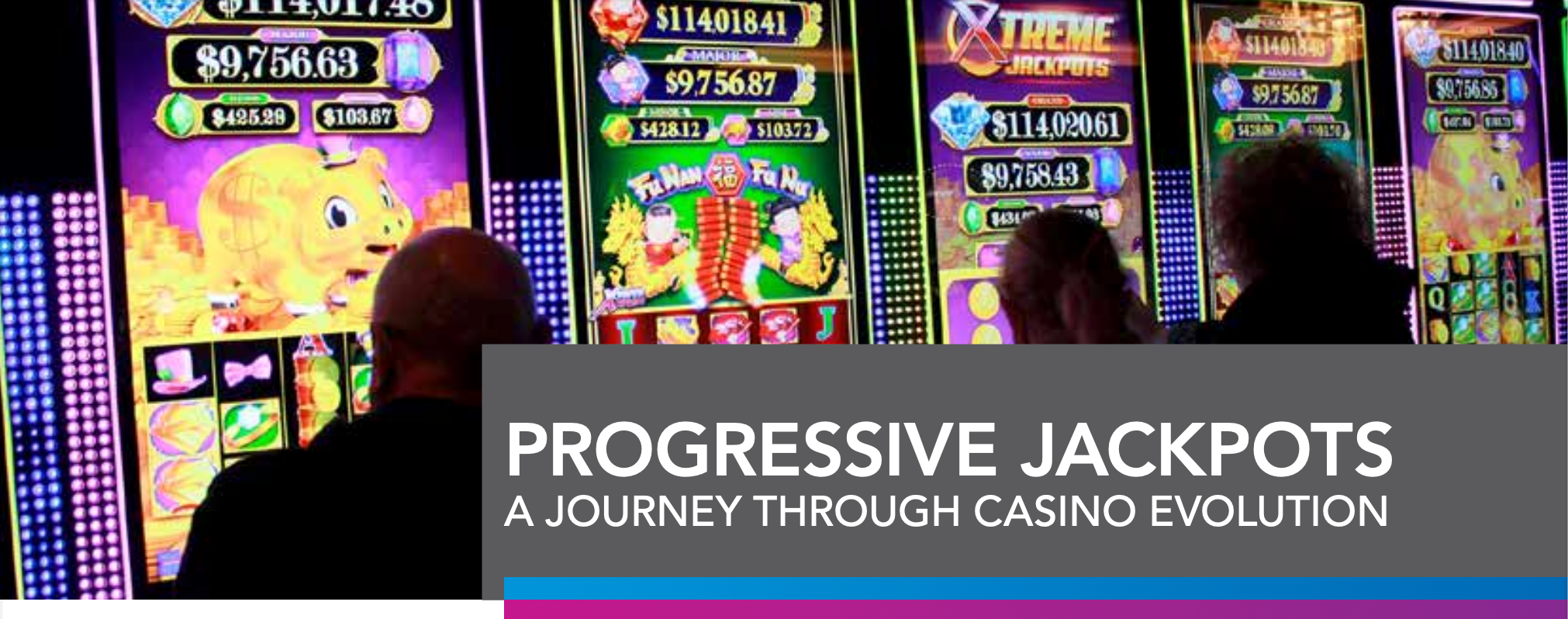Introduction
With the proliferation of progressive jackpots in casinos, understanding the motivation, setup, and financial implications of these jackpot systems has become an increasingly complex task for the seasoned gaming professional. In this article, I’ll delve into the origins and the contemporary landscape of progressive jackpots, shedding light on their evolution within the realm of casinos and gaming halls.
The Origin of Progressives
In the early 20th century, the first mechanical slot machines were equipped with a reservoir that collected coins, paying out a grand prize when the rarest symbols (the coveted 7-7-7 jackpot) lined up on the pay-table.
This marked the birth of the progressive jackpot, the very first of its kind. It didn’t take long to realize that these slot machines outshone their non-jackpot counterparts in popularity. Players appreciated the added allure of an extra prize and turned their attention away from other slots. Notably, this progressive jackpot was integrated into the mechanics of the slot machine itself, making it an intrinsic part of the payout structure.
the very first of its kind. It didn’t take long to realize that these slot machines outshone their non-jackpot counterparts in popularity. Players appreciated the added allure of an extra prize and turned their attention away from other slots. Notably, this progressive jackpot was integrated into the mechanics of the slot machine itself, making it an intrinsic part of the payout structure.
As electronics began to infiltrate the casino industry, slot machines became interconnected, and in the 1980’s, the Australian company Aristocrat introduced one of the earliest linked progressive jackpots. This innovation featured a visible jackpot meter on electronic displays. The key departure from its mechanical predecessors was that the jackpot was no longer hardcoded into the hardware of individual machines.
Shortly thereafter, several American companies developed digital displays, firmly establishing progressive jackpots as a fixture on every casino floor. They could be easily adjusted to suit visitor preferences, specific times, or the number of machines.

A progressive jackpot, as the name implies, increases with a percentage of each wager and is paid out when the highest combination (the jackpot) is achieved on one of the connected slot machines. A prime example of this is the Megabucks jackpot, uniting over 800 slot machines across various states in the United States.
Distinguishing Types
Despite their shared concept, progressive jackpots can be categorized into several types:
- Internal: Built into the hardware.
- External: Added later. 2. Linked Progressives
- Internal: Integrated into both hardware and software of the slot machine.
- External: Added to a bank of slot machines later.
Standalone Progressives
Standalone progressives are centered around a growing jackpot on a single slot machine. The primary distinction between internal and external progressive jackpots lies in the source of the jackpot contribution (increment). In the case of an internal jackpot, the slot machine’s payout structure includes an initial prize value (Startout value) and an increment per game played. With later-added or external jackpots, there are multiple possibilities:
- The jackpot and its increment are added as extra prizes.
- The slot machine’s payout percentage is lowered to fund the jackpot.
In the first scenario, players benefit more, as they receive higher returns on their bets. The latter scenario is less common because it requires the casino operator to modify the software and undergo additional certifications.
Linked Progressives
When it comes to linked or pooled jackpots, an extra factor must be considered. Since a linked progressive can only be won when a winning combination occurs on a slot machine, all connected machines should have the same win frequency or payout structure. If this
is not the case, players may have a better chance on specific machines, which is undesirable and may even be deemed illegal. As a rule, when a progressive jackpot can be won on multiple machines, these are usually identical machines.
Whether they are integrated from the design phase
or added later, for players, a later-added jackpot is typically more generous. Rarely are built-in jackpots as player-friendly as the ones introduced later.
All types of jackpots can be categorized as high hits or high pays. Nowadays, you might also hear them referred to as short odds and long odds.
High Hit jackpots tend to hit frequently with relatively small prizes, while High Pay jackpots are less frequent but offer substantial payouts. These different jackpot types are designed to appeal to different types of players. For the average tourist, a High Hit jackpot might be more enticing, whereas a High Pay jackpot might not hold the same appeal. For a local player, it’s often the opposite. Casinos must be acutely aware
of the player profile on a specific slot machine before deciding on the type of jackpot to introduce.
The Psychology Behind Progressive Jackpots
For all progressive jackpots, as the potential prize amount grows, players tend to engage more. This phenomenon mirrors what is seen in lotteries. Therefore, adding a progressive jackpot to a slot machine that wasn’t initially designed for it is often a sound idea. Although the casino must invest in this feature, it typically results in a return of around 3 to 5% in increased game activity, offsetting the cost.


